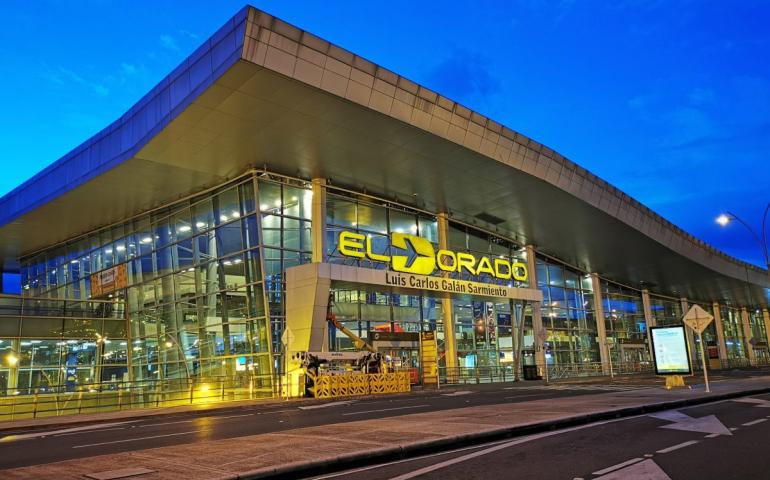
The decarbonization goals of the airline industry have two important challenges, the first is to achieve greater production and distribution of sustainable fuels (SAF), and the second is the continuous growth of the sector, since technological improvements help reduce the degree of pollution, the fact that there are more active aircraft will cause total emissions to increase, according to Alastair Blanshard, Senior Manager and Sustainable Aviation Lead at the Global Consulting Firm ICF.
"To achieve the industry's challenge to grow and decarbonize at the same time, we need to adjust the emissions of the fuel that is being used. There are two ways we can do that: one is to use a different fuel that is zero, or low carbon, such as electricity; and the second is the use of alternative energies such as clean hydrogen. For the latter the challenge is the need for a completely new aircraft to achieve it" the sustainable aviation expert stated.
The executive explained that it is easier to meet the decarbonization objectives of 2050, than those of 2030, because a complete capital cycle is generated. "Every plane that will fly by 2050 will be a new plane; therefore, there will be fewer aircraft built today."
"There is a huge opportunity in the next three decades to look at capital placement, to accelerate aircraft efficiency improvements, to look at SAF adoption as well as adapting those aircraft for use," Blanshard said.
In fuels with less carbon, whether they are existing fuels with higher SAF mix, or a combination of hydrogen or electric aircraft, the challenge is to ensure that it is replaced in time, so it is something that must begin as soon as possible.
According to the expert, the biggest problem with this challenge for 2030 is that the timeline is very close, and there are not many years left to achieve it.
"Another problem is that the planes that we will be flying in 2030 are already quite determined, therefore technology will not change so much in such a short period compared to what has already been done today; the changes will not represent a significant part of the global fleet," he expressed.
Regarding the production and distribution of SAF, Alastair Blanshard explained that it usually takes two years to put into service this type of supply facilities, so by 2025 there should already be more infrastructure and by 2030 it should already be working.
Eight years from now, by 2030, we will decarbonize 10% of the fuel. It has also been mentioned that SAF will be used only by 10% in 2030. And that is the big gap, that by 2050 SAF will be used at 100%. "So we will do 10% in 10 years and then 90% in the next ones."
"The human ingenuity has been incredible; it took us just over 50 years to go from the first aerial flight to the person who landed on the moon. There's a lot we can achieve over longer periods of time," he said.
The challenge is that to achieve a goal by 2030, given the long cycles of capital replacement and technological development, much has to be done in the next 20 months. So, for me the challenge must be focused on the long term," said Alastair Blanshard.
Passengers, investors, and governments have different points of view from which they exert pressure to reduce emissions. "Basically, we went out and told society that the aviation industry can achieve its growth goals so that we can double in size by 2050."
One of the main problems of non-compliance with the goals is that it would generate a lot of distrust in the sector, it would even be possible to seek its regulation; that could be reflected in much higher carbon taxes imposed, or the growth of the industry would be limited, among other punitive actions.
"This would mean that aviation can make far fewer profits, but emissions will be reduced. So, for me, that's the big risk we face," he concluded.




Facebook comments